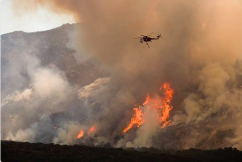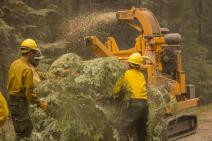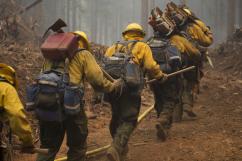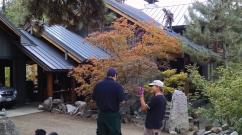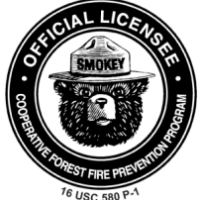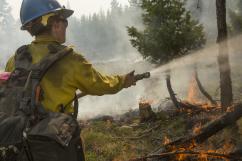Wildland Fire
Guidance for Deferred Resignation Program (DRP) Employees Taking Fire Assignments
In USDA Memo 1078-011, Secretary Rollins set wildfire preparedness and response as the department’s highest priority and directed all mission areas to identify additional capacity to assist with response during peak wildfire activity. Many employees enrolled in the Deferred Resignation Program expressed willingness to perform critical wildfire operations before their employment term ends. Washington Office Fire and Aviation Management worked with Human Resources partners at the Forest Service and USDA levels to develop a solution that will allow employees on administrative leave to temporarily return to active service and access ConnectHR. View the guidance HERE.
Wildland fires are a force of nature that can be nearly as impossible to prevent, and as difficult to control, as hurricanes, tornadoes, and floods.
Wildland fire can be a friend and a foe. In the right place at the right time, wildland fire can create many environmental benefits, such as reducing grass, brush, and trees that can fuel large and severe wildfires and improving wildlife habitat. In the wrong place at the wrong time, wildfires can wreak havoc, threatening lives, homes, communities, and natural and cultural resources.
The Forest Service has been managing wildland fire on National Forests and Grasslands for more than 100 years. But the Forest Service doesn’t – and can’t – do it alone. Instead, the agency works closely with other federal, tribal, state, and local partners.
This is more important than ever because over the last few decades, the wildland fire management environment has profoundly changed. Longer fire seasons; bigger fires and more acres burned on average each year; more
extreme fire behavior; and wildfire suppression operations in the wildland urban interface (WUI) have become the norm.
To address these challenges, the Forest Service and its other federal, tribal, state, and local partners have developed and are implementing a National Cohesive Wildland Fire Management Strategy that has three key components: Resilient Landscapes, Fire Adapted Communities, and Safe and Effective Wildfire Response.
Learn how U.S. Forest Service fire managers respond to wildfires on National Forest System lands.
Being a Wildland Firefighter
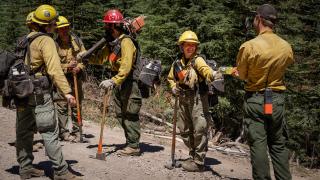
Supporting the Wildland Firefighting Workforce
The 2023 National Defense Authorization Act and Cancer: What Firefighters Need to Know
Guides
These guides will help firefighters and their families prepare for, and respond to, a realm of planned and unplanned situations in the world of wildland firefighting.
These guides provide honest information, resources, and conversation starters to give you, the firefighter, helpful tools to prepare yourself and your family for the realities of performing as a wildland firefighter.
Preparedness Guide for Firefighters and Their Families (2022 Edition)
Wildland Fire Suppression Occupations
Wildland Fire Resources
Aviation
Aerial Firefighting Use and Effectiveness (AFUE)
Aviation Safety Management Systems
Unmanned Aircraft Systems (UAS)
U.S. Forest Service & Interagency Aviation Publications
Contracting
Fuels Management
Grants
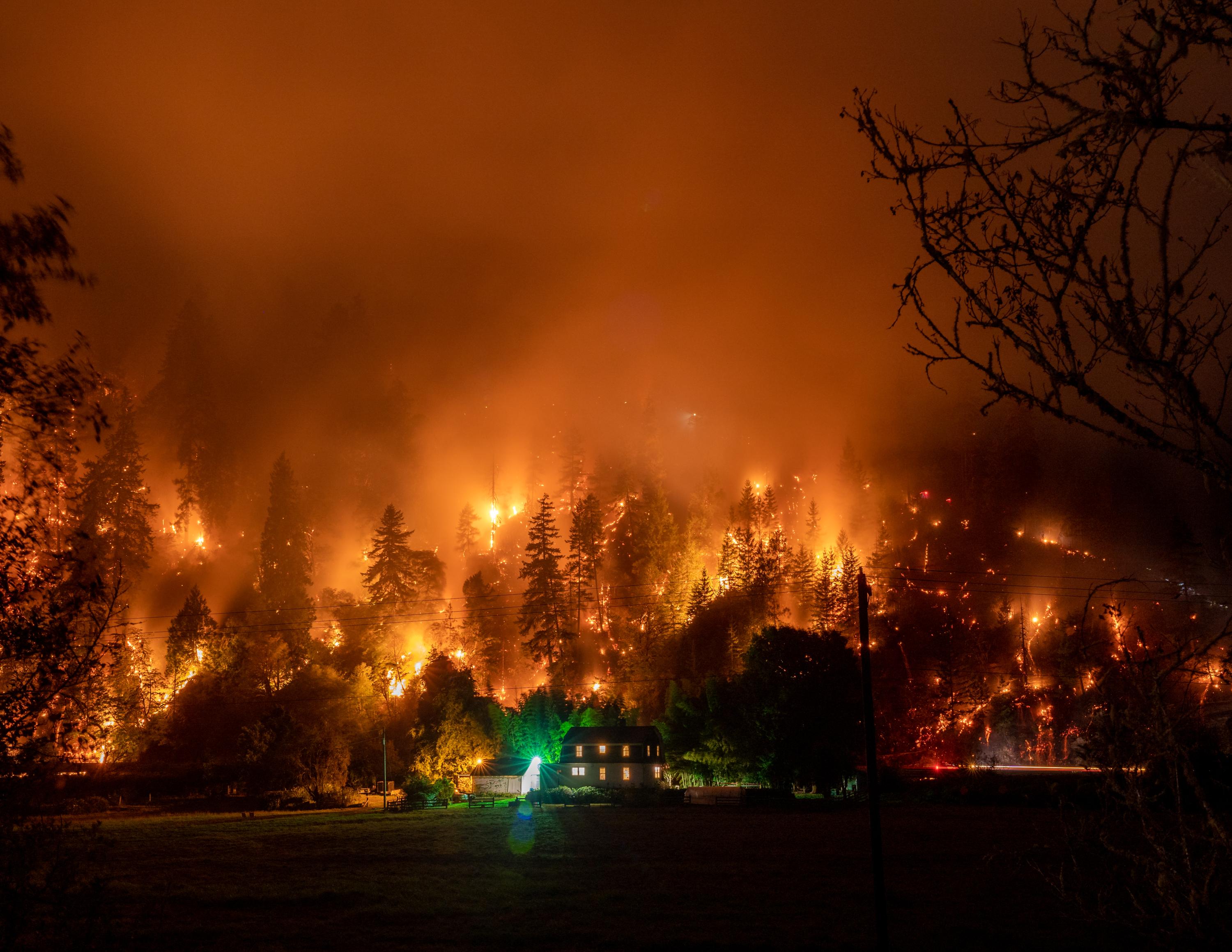
Community Wildfire Defense Grant
Federal Wildfire Grant Resources
Incident Business
Prevention
Community Mitigation Assistance Team (CMAT)
Fire Adapted Communities (FAC)
Official Smokey Bear Licensees and Products
Property
Excess Personal Property & Firefighter Property Program
Publications
Fire Publications and Qualification Standards
Interagency Fire Program Management Standard (IFPM)
Resources
Interagency Wildland Fire Chemicals Policy & Guidance
Land Rehabilitation and Restoration
Safety
Wildland Firefighter Medical Qualifications



